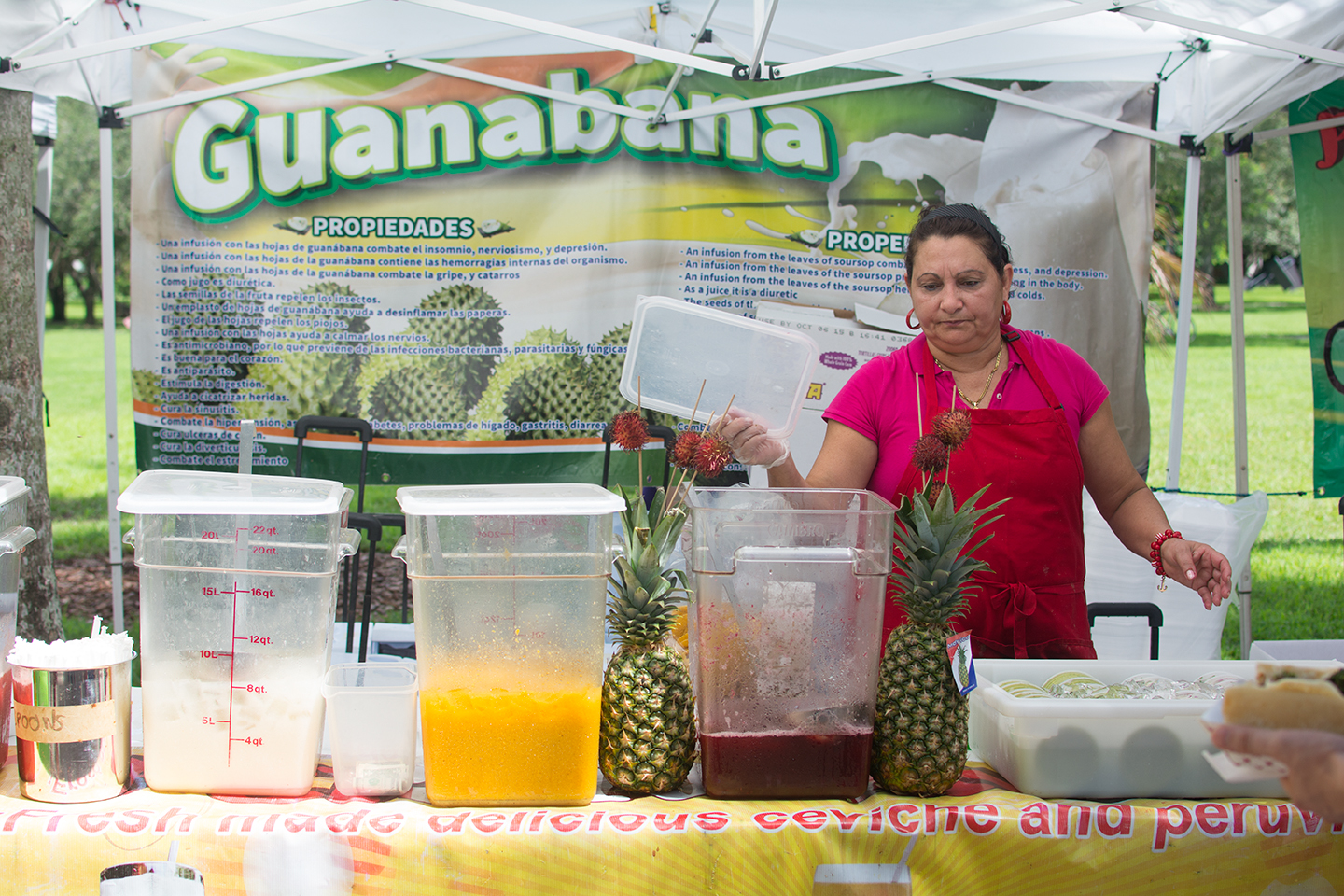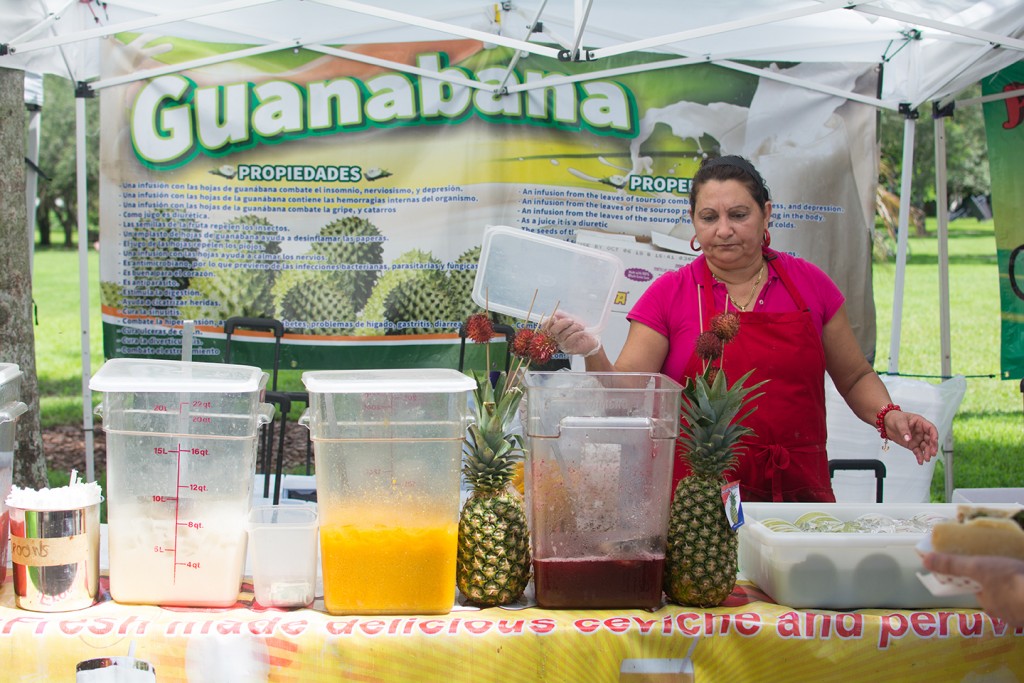

Ah, ’tis the season of the return of the farmers’ market. I see girls strutting around campus with “handcrafted” arepas, boys sipping on their fresh-squeezed juices and professors browsing the “artisanal” tapestries. But instead of happily munching on a steamy empanada, you’re more likely to see steam coming out of my ears, because when I walk through the market I can’t help but get angry at how inconsistent it is with its superficially “sustainable” image.
The market is not ecologically oriented at all. One Wednesday afternoon, I took a stroll through the market and made a list of every stand. Of the 28 stands, 53.6 percent were processed foods, requiring more than one ingredient and some sort of preparation and cooking. Moreover, 21.5 percent of the stands were drinks including juices, coconut water and teas. Three of the stands had absolutely no link to food systems or farming as they sell completely inedible lotions, arts and crafts.
That leaves only four stands that sell whole products, conceivably direct to market from farmers: the honey, produce, sustainable meats and orchid stands. These stands are the only corners of the market in which the ecological principles of the farmers’ market are even remotely applicable.
There shouldn’t be just one of each of these stands. There should be entire categories of the market, and produce should be the biggest.
Instead, look closer at our one meager fruit stand and you’ll find stickers on pomegranates that read “Product of California,” and familiar Chiquita Banana logos that read “Product of Guatemala.” The advertisements posted around campus about the market read the words “fresh, local, seasonal,” when it turns out they are anything but those descriptions.
Besides California, South Florida is the only place in the country that can produce an abundance of food year round. Homestead is full of farmers who would benefit greatly from the direct-to-market sales of their produce without having to sell to a middleman. A great research university like ours is meant to be an example of implementing scientific, ecological practices for better ways to shop, live and eat.
Yet the university is failing to be an example to its community of how to support local farmers, and instead perpetuates what I call “the lazy environmentalist.” The lazy environmentalist will buy a product that says “all natural” without investigating what those terms mean in practice. The lazy environmentalist will brag about choosing to buy their produce at the campus farmers’ market without bothering to read the sticker on their industrially produced, foreign-grown banana.
If you actually want to support a local farmer, join a Community Supported Agriculture program. Take the bus down to the Redlands Farmer’s Market in Homestead. Advocate for local farmers’ inclusion in the market and in dining services. Just don’t sing the praises of your favorite Wednesday lunches without understanding its exclusionary facade. Make an impact, not an image.
Annie Cappetta is a sophomore majoring in ecosystem science and policy and political science.





